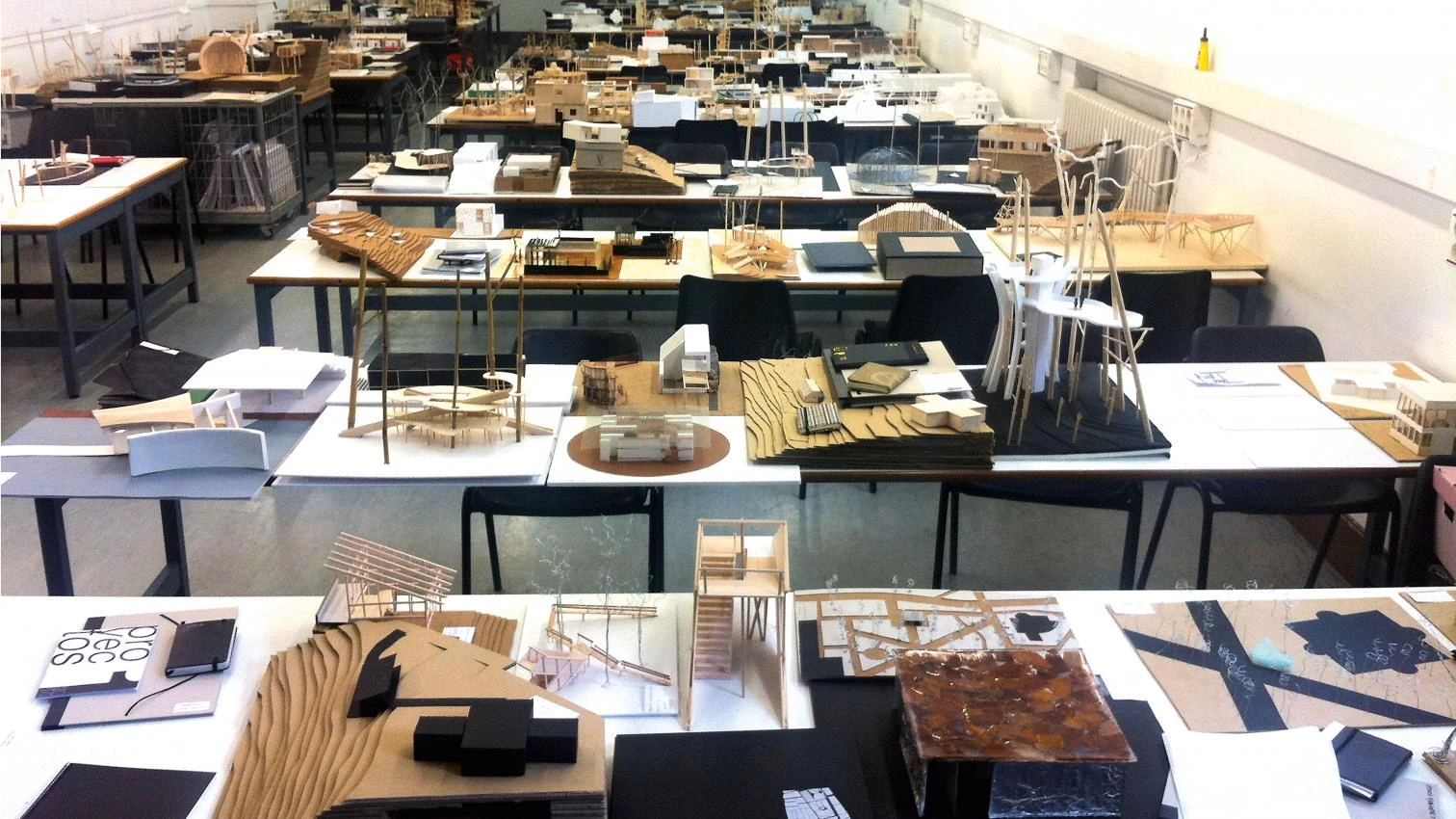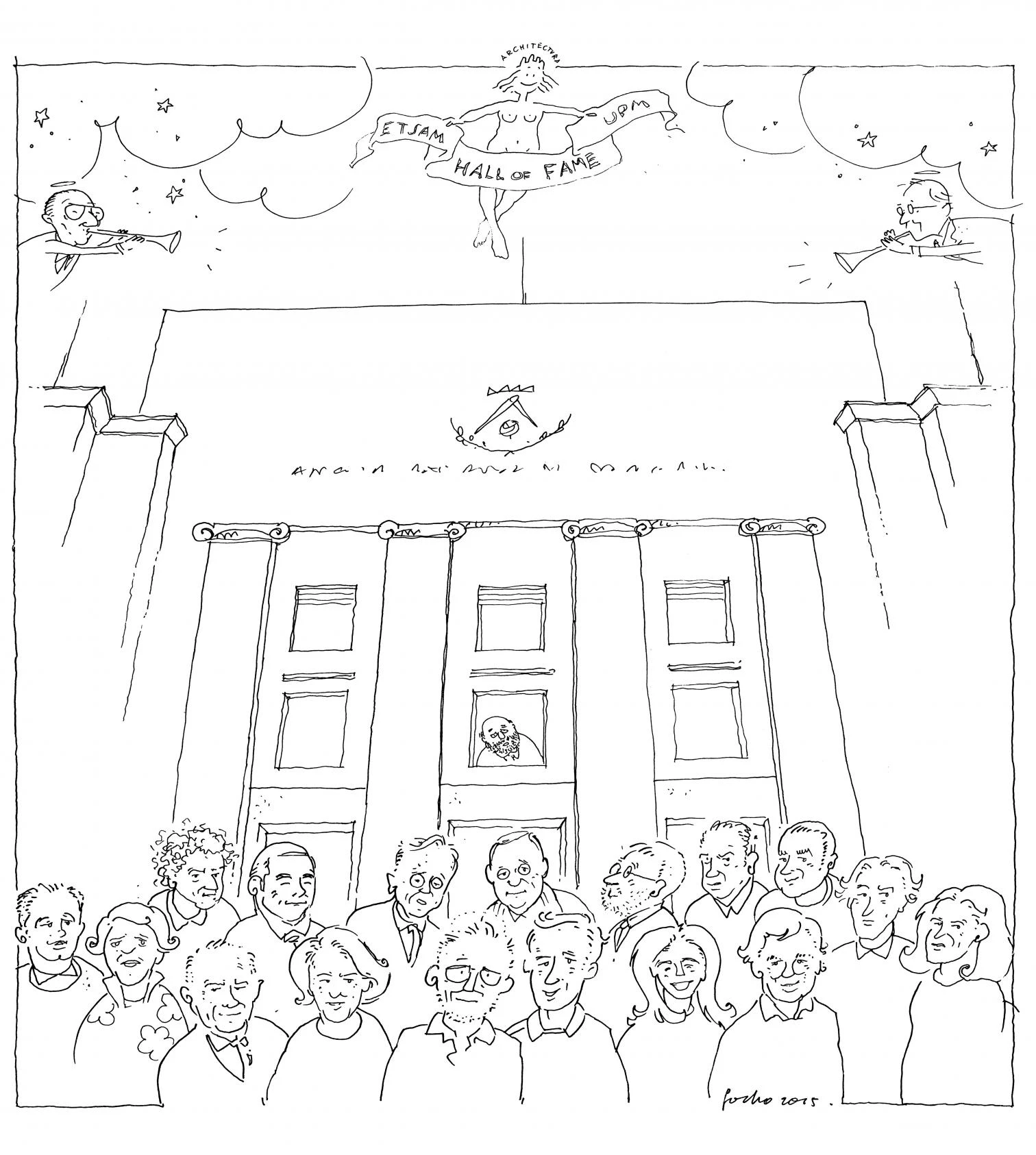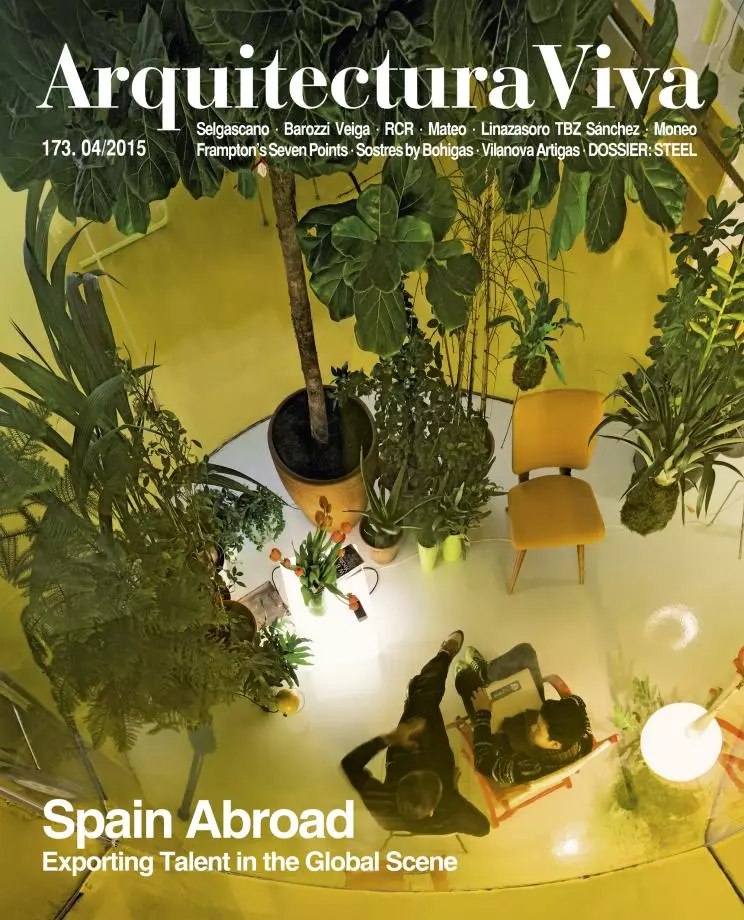
Troubled times are not the right time for instituting changes, or at least not in what works, and even works well. This may apply to the teaching of architecture in Spain, and particularly in Spain’s oldest architecture school, the ETSAM (of the Technical University of Madrid), which ever since the Spanish profession first attained recognition abroad, has not ceased to export talent. Suffice it to scan the institution by segments and generations. Rafael Moneo – who decades ago followed the footsteps of Sert in the United States – is now accompanied by a handful who have taken up key positions in American Ivy League universities, such as Alejandro Zaera at Princeton, Iñaki Ábalos at Harvard, and Juan Herreros at Columbia. They are joined by the academicians of Fine Arts who have an international presence, including Juan Navarro Baldeweg, Alberto Campo Baeza, and Luis Fernández-Galiano, and the professionals who have reaped prestigious awards: Nieto Sobejano, the Alvar Aalto Medal; Mansilla & Tuñón and Paredes Pedrosa, the Gold Medal for Fine Arts; and José María Sánchez, the BSI Swiss Architectural Award. Completing the list is a younger batch, that of Selgascano, Andrés Jaque, and Izaskun Chinchilla, who this year are the authors of the pavilions for the Serpentine Gallery in London and PS1 and the City of Dreams in New York. For this Spanish world success to last, we have only to ensure that the new generations are able to find worthwhile employment on home turf, an indispensable condition if we wish to continue exporting architecture, and not architects.






